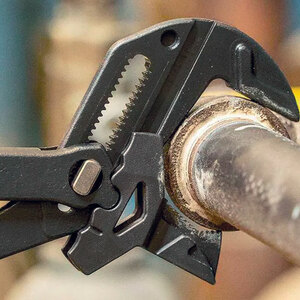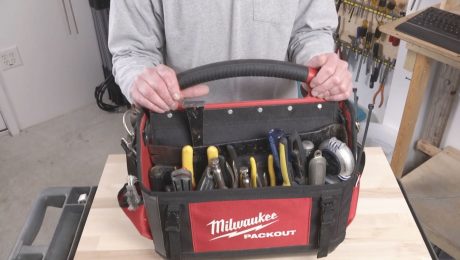In carpentry circles the debate still rages as to which framing hammer is the best. Purists defend the wooden handle for its superior ability to absorb vibration, as well as the fact that most of the weight is located right where it’s needed — at the head of the hammer. With steel handles, the weight is distributed along the length of the hammer. But wooden handles need frequent replacement, while some of the steel-handled brands are guaranteed for life.
For the real wildmen on a crew, only the framing hatchet will do. Every carpenter I know who can sink a 3-1/2-in. spike with one hit uses a framing hatchet. This is due in part to the hatchet’s superior handle design — it’s neither round nor oval, and its shape matches the grip of the human hand. In addition the handle broadens out at the end, which encourages a carpenter to use all of the leverage that an 18-in. handle gives instead of choking up. Unfortunately, using a framing hatchet usually necessitates carrying around a nail-puller.
Perhaps the best of both worlds is my hybrid, which combines a framing-hatchet handle with a 28-oz. hammer head. The hatchet handle is shaped differently from the standard handle, so I had to whittle down the end before 1 wedged on the head. There were still a few gaps between the handle and the head, but I used these to advantage by filling them with fiberglass resin. Then I saturated some fiberglass mesh with more resin, and wrapped it around the juncture of the head and the handle. Now my hybrid hammer is one of the strongest, most durable framing hammers I’ve seen.
Art McAfee, Edmonton, None





























